#such an enjoyable video
Text

🐮💕🐮
#i screenshotted this from onlyfans sorry i am a thief 😔#but also i really like this picture#i am a terrible actor so u know the enjoyment on my face is genuine#go buy this video from reiina on onlyfans#me
3K notes
·
View notes
Text






MULLET JJOONG !
#kim hongjoong#ateez#ateezedit#atzsource#*teejeu#misc*teez#kaeptin#dawn.gif#this video is so good for hongteeth and hongmullet enjoyers alike#anyways happy five years of say my name and HIM#need him back. desperatly so. pls bring the mullet back
2K notes
·
View notes
Video
highest-grossing multimedia juggernaut of all time
#video#to answer the obligatory questions:#footage was recorded on an actual switch (with a dump of a retail cartridge installed to it)#the only editing was the yungoos which was sped up for comedic effect#day 1 patch is installed as noted in the video#yes the game is still decently enjoyable#no it absolutely isn't worth $60
8K notes
·
View notes
Text
None Of You Know What Haiku Are
I'm going to preface this by saying that i am not an expert in ANY form of poetry, just an enthusiast. Also, this post is... really long. Too long? Definitely too long. Whoops! I love poetry.
If you ask most English-speaking people (or haiku-bot) what a haiku is, they would probably say that it's a form of poetry that has 3 lines, with 5, and then 7, and then 5 syllables in them. That's certainly what I was taught in school when we did our scant poetry unit, but since... idk elementary school when I learned that, I've learned that that's actually a pretty inaccurate definition of haiku. And I think that inaccurate definition is a big part of why most people (myself included until relatively recently!) think that haiku are kind of... dumb? unimpressive? simple and boring? I mean, if you can just put any words with the right number of syllables into 3 lines, what makes it special?
Well, let me get into why the 5-7-5 understanding of haiku is wrong, and also what makes haiku so special (with examples)!
First of all, Japanese doesn't have syllables! There's a few different names for what phonetic units actually make up the language- In Japanese, they're called "On" (音), which translates to "sound", although English-language linguists often call it a "mora" (μ), which (quoting from Wikipedia here) "is a basic timing unit in the phonology of some spoken languages, equal to or shorter than a syllable." (x) "Oh" is one syllable, and also one mora, whereas "Oi" has one syllable, but two moras. "Ba" has one mora, "Baa" has two moras, etc. In English, we would say that a haiku is made up of three lines, with 5-7-5 syllables in them, 17 syllables total. In Japanese, that would be 17 sounds.
For an example of the difference, the word "haiku", in English, has 2 syllables (hai-ku), but in Japanese, はいく has 3 sounds (ha-i-ku). "Christmas" has 2 syllables, but in Japanese, "クリスマス" (ku-ri-su-ma-su) is 5 sounds! that's a while line on its own! Sometimes the syllables are the same as the sounds ("sushi" is two syllables, and すし is two sounds), but sometimes they're very different.
In addition, words in Japanese are frequently longer than their English equivalents. For example, the word "cuckoo" in Japanese is "ほととぎす" (hototogisu).
Now, I'm sure you're all very impressed at how I can use an English to Japanese dictionary (thank you, my mother is proud), but what does any of this matter? So two languages are different. How does that impact our understanding of haiku?
Well, if you think about the fact that Japanese words are frequently longer than English words, AND that Japanese counts sounds and not syllables, you can see how, "based purely on a 17-syllable counting method, a poet writing in English could easily slip in enough words for two haiku in Japanese” (quote from Grit, Grace, and Gold: Haiku Celebrating the Sports of Summer by Kit Pancoast Nagamura). If you're writing a poem using 17 English syllables, you are writing significantly more content than is in an authentic Japanese haiku.
(Also not all Japanese haiku are 17 sounds at all. It's really more of a guideline.)
Focusing on the 5-7-5 form leads to ignoring other strategies/common conventions of haiku, which personally, I think are more interesting! Two of the big ones are kigo, a season word, and kireji, a cutting word.
Kigo are words/phrases/images associated with a particular season, like snow for winter, or cherry blossoms for spring. In Japan, they actually publish reference books of kigo called saijiki, which is basically like a dictionary or almanac of kigo, describing the meaning, providing a list of related words, and some haiku that use that kigo. Using a a particular kigo both grounds the haiku in a particular time, but also alludes to other haiku that have used the same one.
Kireji is a thing that doesn't easily translate to English, but it's almost like a spoken piece of punctuation, separating the haiku into two parts/images that resonate with and add depth to each other. Some examples of kireji would be "ya", "keri", and "kana." Here's kireji in action in one of the most famous haiku:
古池や 蛙飛び込む 水の音
(Furu ike ya kawazu tobikomu mizu no oto)
(The old pond —
A frog jumps in
The sound of the water.)
You can see the kireji at the end of the first line- 古池や literally translates to "old pond ya". The "ya" doesn't have linguistic meaning, but it denotes the separation between the two focuses of the haiku. First, we are picturing a pond. It's old, mature. The water is still. And then there's a frog! It's spring and he's fresh and new to the world! He jumps into the pond and goes "splash"! Wowie! When I say "cutting word", instead of say, a knife cutting, I like to imagine a film cut. The camera shows the pond, and then it cuts to the frog who jumps in.
English doesn't really have a version of this, at least not one that's spoken, but in English language haiku, people will frequently use a dash or an ellipses to fill the same role.
Format aside, there are also some conventions of the actual content, too. They frequently focus on nature, and are generally use direct language without metaphor. They use concrete images without judgement or analysis, inviting the reader to step into their shoes and imagine how they'd feel in the situation. It's not about describing how you feel, so much as it's about describing what made you feel.
Now, let's put it all together, looking at a haiku written Yosa Buson around 1760 (translated by Harold G. Henderson)
The piercing chill I feel:
my dead wife's comb, in our bedroom,
under my heel
We've got our kigo with "the piercing chill." We read that, and we imagine it's probably winter. It's cold, and the kind of cold wind that cuts through you. There's our kireji- this translation uses a colon to differentiate our two images: the piercing chill, and the poet stepping on his dead wife's comb. There's no descriptions of what the poet is feeling, but you can imagine stepping into his shoes. You can imagine the pain he's experiencing in that moment on your own.
"But tumblr user corvidcall!" I hear you say, "All the examples you've used so far are Japanese haiku that have been translated! Are you implying that it's impossible for a good haiku to be written in English?" NO!!!!! I love English haiku! Here's a good example, which won first place in the 2000 Henderson haiku contest, sponsored by the Haiku Society of America:
meteor shower . . .
a gentle wave
wets our sandals
When you read this one, can you imagine being in the poet's place? Do you feel the surprise as the tide comes in? Do you feel the summer-ness of the moment? Haiku are about describing things with the senses, and how you take in the world around you. In a way, it's like the poet is only setting a scene, which you inhabit and fill with meaning based on your own experiences. You and I are imagining different beaches, different waves, different people that make up the "our" it mentioned.
"Do I HAVE to include all these things when I write haiku? If I include all these things, does that mean my haiku will be good?" I mean, I don't know. What colors make up a good painting? What scenes make up a good play? It's a creative medium, and nobody can really tell you you can't experiment with form. Certainly not me! But I think it's important to know what the conventions of the form are, so you can appreciate good examples of it, and so you can know what you're actually experimenting with. And I mean... I'm not the poetry cops. But if you're not interested in engaging with the actual conventions and limitations of the form, then why are you even using that form?
I'll leave you with one more English language haiku, which is probably my favorite haiku ever. It was written by Tom Bierovic, and won first place at the 2021 Haiku Society of America Haiku Awards
a year at most . . .
we pretend to watch
the hummingbirds
Sources: (x) (x) (x) (x) (x) (x)
Further reading:
Forms in English Haiku by Keiko Imaoka
Haiku: A Whole Lot More Than 5-7-5 by Jack
How to Write a Bad Haiku by KrisL
Haiku Are Not a Joke: A Plea from a Poet Who Has Had It Up to Here by Sandra Simpson
Haiku Checklist by Katherine Raine
#poetry#haiku#writing#literature#anime life#long post#i want to apologize but i had to get something off my chest#and the thing was. i love haiku#and when i see posts on here about haiku. i get so angy.#well ok i really get more disappointed bc nobody is really engaging with the form on its own terms#anyway i hope you enjoy some of my favorite haiku because theyre in there!!!!!#i didnt really get into the history of haiku. and i also did not get into why i got really into it#but i will say that i was really inspired by Jacob Geller's video A Thousand Ways of Seeing a Forest#which is a lot about translation#(which i mean. as an interpreter AND a poetry-enjoyer. really appealed to me lol)
10K notes
·
View notes
Text
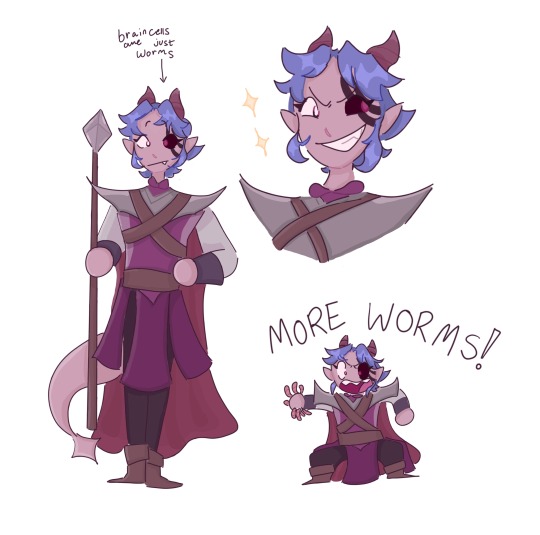
I love them so much actually
#jrwi enjoyers go watch the baldur's gate video#its so good#slimecicle#baldur's gate 3#xiv slimecicle#xiv#my art#once again chickening out of drawing hands
670 notes
·
View notes
Text
i cannot stress enough that even if you intend to do sports with your dog, even if you intend to work your dog you should get a type of dog you can enjoy living with WITHOUT sports and/or work. Dogs cannot do sports/work forever. Sometimes they need a break from sports/work due to injury. That is just a reality and you are going to have to live with that sportless/workless dog (even if temporary).
#dogblr#dog opinions#look. i just think people get dogs to DO sports#rather than get dogs they enjoy and do sports because they enjoy said dog#my enjoyment of my breed's quirks (including negatives) does not falter if they are unworked#me: again getting on my 'teach sport dogs to live regular dog lives' pedestal#there's a balance yall#anyways my breeder posted videos of slash's mom and grandma at 11.5 and 13 respectively still looking amazing and having fun#just doing walkies and zoomies and stuff#old lady things#and there's just as much enjoyment in THAT as there is in that accomplishment of good work/good sport
374 notes
·
View notes
Text
Gregory House | Brand New City
another day, another house edit set to a mitski song
#this one took forever i feel like you can pinpoint the exact moment i gave up#but it's done!#big day for house angst enjoyers (me) i made a folder on my phone for this video titled 'house suffering' and it has nearly 100 clips in it#probably could've found much more but i was lazy#love to watch a man ruin his own life#house#house md#houseedit#gregory house#greg house#*mine#*other#*video
352 notes
·
View notes
Text


HELLDIVERS II (2024)
#helldivers#helldivers 2#gamingedit#helldiversedit#video games#bringing some content for the democracy enjoyers#some of the planets are quite pretty
194 notes
·
View notes
Text
She doesn't know where to look
#I'm sorry fluff lovers hello angst enjoyers#hazbin hotel#hazbin hotel art#art#art video#sir pentious#cherri bomb#cherrisnake#snakebomb#angst#sir pentious x cherri bomb#art on tumblr#artists on tumblr#tv girl#It was supposed to be finished on the work days but i got sick and felt as shit lol
303 notes
·
View notes
Text

For the women enjoyers out there
#It me I’m women enjoyers#little Bagina sketch for the tumblr bc I’ve been drawing art for me recently so I haven’t posted#I’m also working on Mike in a bikini from yesterday but that is neither here nor there#I’m going to sleep now so night night!!#qsmp#fanart#qsmp fanart#art#qsmp shipping#oibagi#tinakitten#bagina#teaduo#bagi cattuzzo#qsmp tina#bagi#I’m letting everyone know I’m still thinking about “A Tina joga Minecraft.” From that video#insane move
276 notes
·
View notes
Text
@itsapmseymour it's my birthday in two days, please wish me a happy birthday
#itsapmseymour#please it would make my day#also i love your videos#please give tumblr users the worst fate for my enjoyment
174 notes
·
View notes
Text

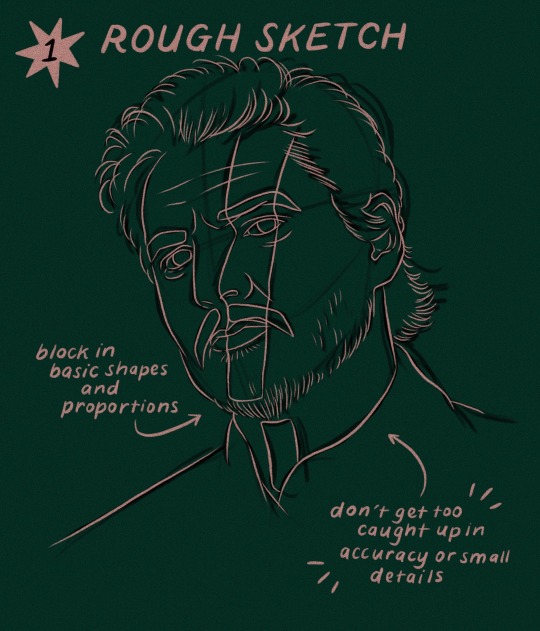

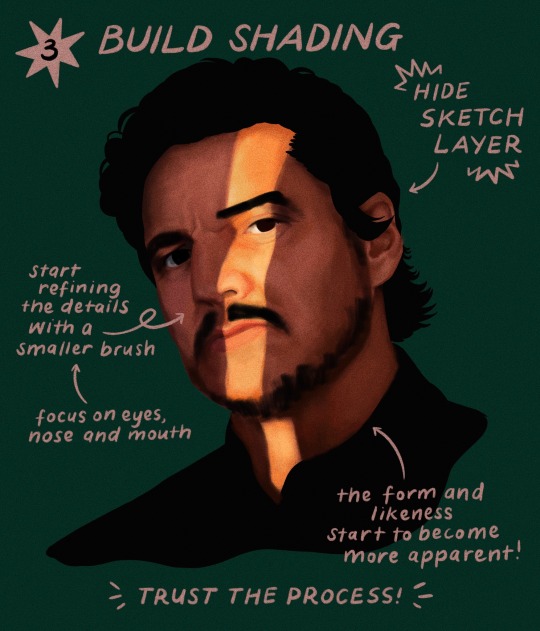



✶ Final artwork can be found here ✶
#for the lovely anon and anyone else who might be interested!#please note this is just my current process and i’m no expert!#i’m always experimenting and learning#as you can probably tell from my ever-changing style lol#draw in whatever style/method you find comfortable and enjoyable!#process video coming soon (hopefully!)#procreate#digital art#my art#my process
1K notes
·
View notes
Text
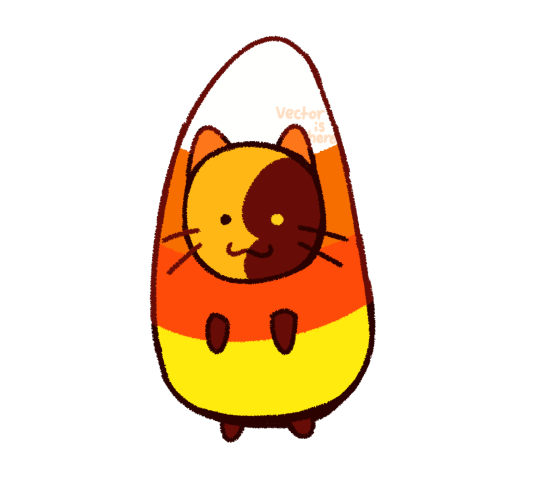
Candy corn Solar reminds me of the banana cat for some reason so I keep expecting to see a little cat face on him and then get disappointed when it's not there
#I don't find the candy corn jokes funny but yesterday's video was genuinely enjoyable#tsams#the sun and moon show#solar#solar sams#solar tsams#tsams solar#eclipse fnaf#VecArt#good eclipse#sams solar#tsams fanart#cat drawing#tsams good eclipse#myposts
161 notes
·
View notes
Text
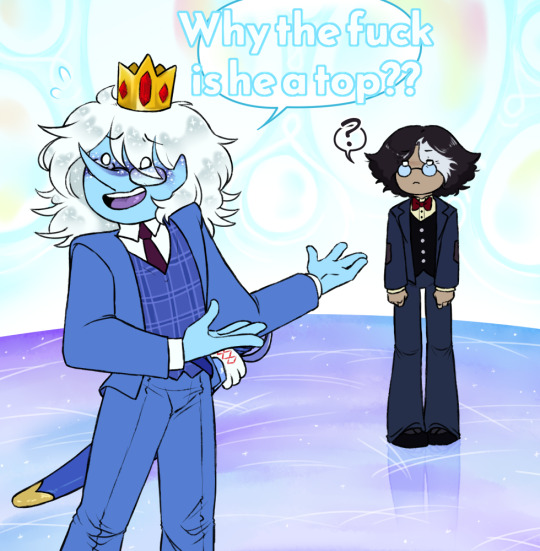
Simon Petrikov is a service top and you can fight me about it (Patreon)
#My art#Adventure Time#Fionna and Cake#Winter King#Simon Petrikov#Winterkov#Shitpost#Only the highest tier shitposts around these parts lol#I mean really he's a switch but those two are not mutually exclusive so it's fine lol#Just wait til you hear my Winter headcanons I am playing 5D chess with him lol#I did write a scratch comic about it but hmmmmm Hmmmmmmmm#Lol anyway ♪#This was meant to be a warmup project for me to pick at while I worked on Requestobers and then I finished it by Day 3 lol#So uh - excitement and all that lol#I did have a lot of fun with that BG tho lol which I like never say! But I did I had fun!#The colours are some of my favourites so that helps and all the sparklies ♪ Very enjoyable :)#And making Simon's reflection was easy-peasy too so just! It all fell together smoothly :D#The fact that people are already making BDG as Winter King videos and the like delights me so much#There's just so much to draw from! No pun intended lol#Winter just completely baffled as to why one of them - but not him?? - would take the lead over the other#Aren't they both Simon?? (Are they?) Or if not that - he's Winter!#All those cheeky waist-grabs have to count for something don't they!#Of course they do ♪ Hehehe
194 notes
·
View notes
Text
There's a certain CCCC summary video that we really, really like. We think it is a great video for people if they want to grasp the story more clearly, if they're confused, or if they're listening to the album for the first time.
That video being Chonny Jash and the Weight of the Mind on Youtube by W3tBl@nk3t. We think they cover it really well.
However, I'm sharing this for a different reason; they say few certain things that really struck with us until now, that I'd like to share with the fandom. Sometimes, we see people really just.. Miss the point of CCCC entirely, and I'd like to shine a light on what was said here. If you'd like to hear this for yourself on video, the timestamp is 35:57-36:45.
“..I bet we all could relate to that, they are the prime example of the side of you that suffers and the side of you that hates yourself for suffering:
The side of you that just wants to slow down and feel everything even to the unhealthy extent of not being able to do anything else(1), but also the side of you that so desperately wants you to get over it(2).
Sure, laying in bed all day every day to rot isn't healthy, but neither is boiling things down and invalidating your own emotions. Both are paths to inevitable disaster, and that's what Chonny is doing here. Keep in mind that the idea behind this album is being whole, and that means neither of these sides are entirely in the right or the wrong; this album is about inner compromise and acceptance(3).”
1.) The side of you that suffers; Heart.
He is representative of Whole's emotions, he holds them. Your emotions can go haywire, especially when one's mentally ill and has no way of their feelings being validated. An emotional person like Heart suffers under the weight of crushing, devastating feelings. He wants to feel things out, have time to just process everything, even if it takes them days or weeks to get over it. It's not healthy, but feeling is what he does, and he wants to help because he knows he has importance. Solely focusing on just your emotions isn't the best thing to do, however.
2.) The side of you that so desperately wants you to get over it; Mind.
Many people have been there, have wanted themselves to stop wallowing in their own emotions and just do something else, even to the point where you think feeling things out is unnecessary. This is also unhealthy, but not intentionally. Like Heart, Mind just wants to help, everything he does is in best interest. This is what he thinks will get them to move on the quickest; to leave behind emotions and focus on anything BUT that. Also not the best thing to do.
3.) This album is about inner compromise and acceptance; About being whole.
Neither of Heart and Mind are right nor wrong. They have their own ways of doing things, of what they think will help their whole self out the most, but both are unhealthy despite the good intentions. They fight over who's wrong or right, when they shouldn't even be doing so in the first place. It's your thoughts against your emotions, basically; your feelings contradict your thoughts, and it leads to an inner war of sorts. This won't make things better, which is why you can't have Mind over Heart or vice versa; you'll need both of them. In the album, they are only able to be whole when they get along. They harmonize, they 'combine', they see eye to eye with each other and work together instead of fighting over and over. Inner compromise is achieved with this, and acceptance can lead them away from any disaster that there's to come.
What we're trying to say is that mental health is a large thing tackled within CCCC, and yet we see a lot of people who overlook it; thus, end up missing the point of the whole album. We see a lot of people believe Mind's perspective a little too much and treat Heart quite harshly, or the other way where people demonize Mind and say that Heart is perfect, when it's not really that in the slightest.
This is not a hate post towards people's interpretations of CCCC or how they view characters, I'm just saying that people can tend to overlook what's in the very narrative, and we see a concerning amount of people do such.
Anyways. Stream CCCC and put your Hearts and Minds in the get along shirt. Have a nice day.
#chonny jash#chonnys charming chaos compendium#cccc#cccc heart#cj heart#cccc mind#cj mind#mind chonny jash#heart chonny jash#I did not mention Soul once in this post. I am so sorry to all of the Soul enjoyers#whole was technically mentioned but this is not about him. so sorry to the Whole enjoyers as well#we rreally really really like this CCCC video#a lot#it does a great job at explaining things and is fairly good for an unbiased telling of the story#to reiterate though this is not a hate post#it's just a bit frustrating to see how many people say that mind is right or heart is right#but no.. that is not the point of cccc#and it's even in tse as well. the line 'neither is right yet neither is wrong'#personally we are big fans of heart and will defend him since he gets so mischaracterized#but we know and acknowledge that he isn't 100% correct and can be wrong for what he wants to do and has done#we love Heart but he did not have to pull that gun.#also. more justice for characters who make mistakes but aren't automatically super evil because they're just human.#we've seen how people lack that understanding in the fandom </3#hmsw are so incredibly flawed in a relatable way with such good writing#we feel like people overlook that so much#this post was scary to make but#we're doing it#here goes#CxC rambling and yapping#we haven't posted purely text posts in a while please don't come for our heads c4 fandom
105 notes
·
View notes
Text
one thing they dont tell you about replaying games from your childhood is that some of them actually suck
#m#video games#nintendogs and hamsterz are very boring and repetitive#mario kart ds is way too easy and boring#super princess peach is still very cute and enjoyable but too easy#there are other games i want to replay but i am not v excited....... the ds doesnt have that many bangers huh
197 notes
·
View notes